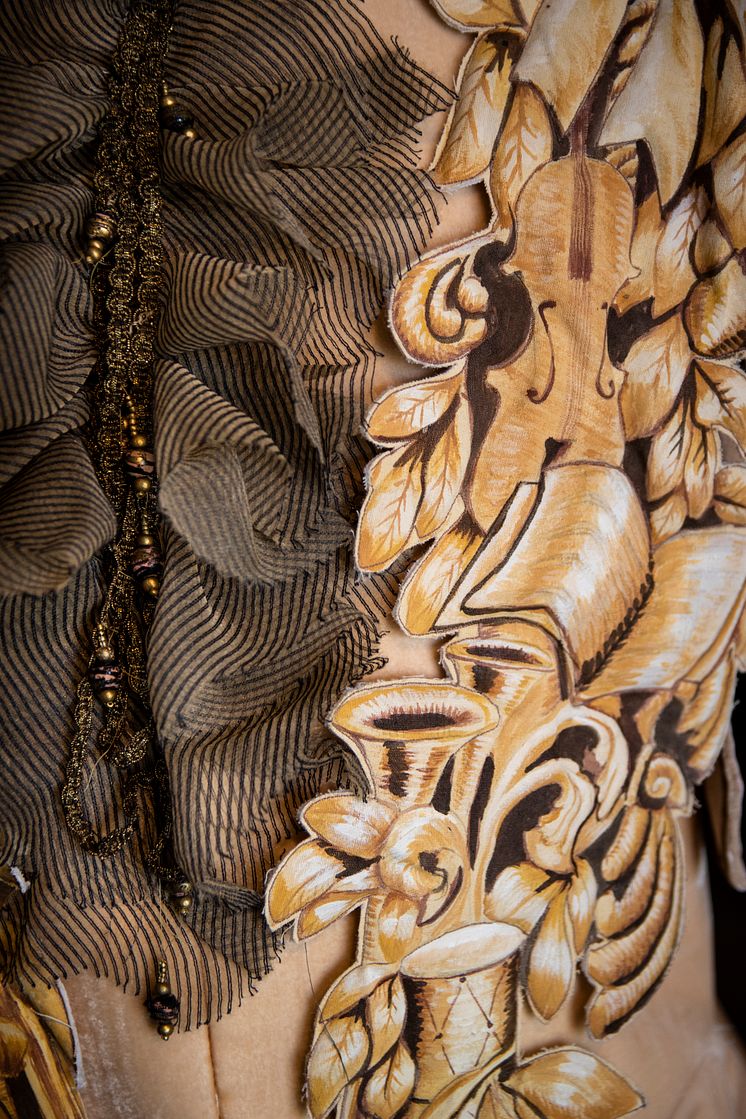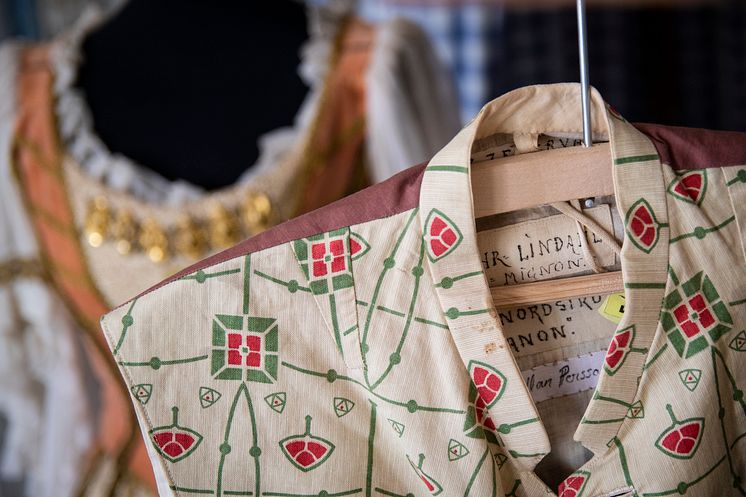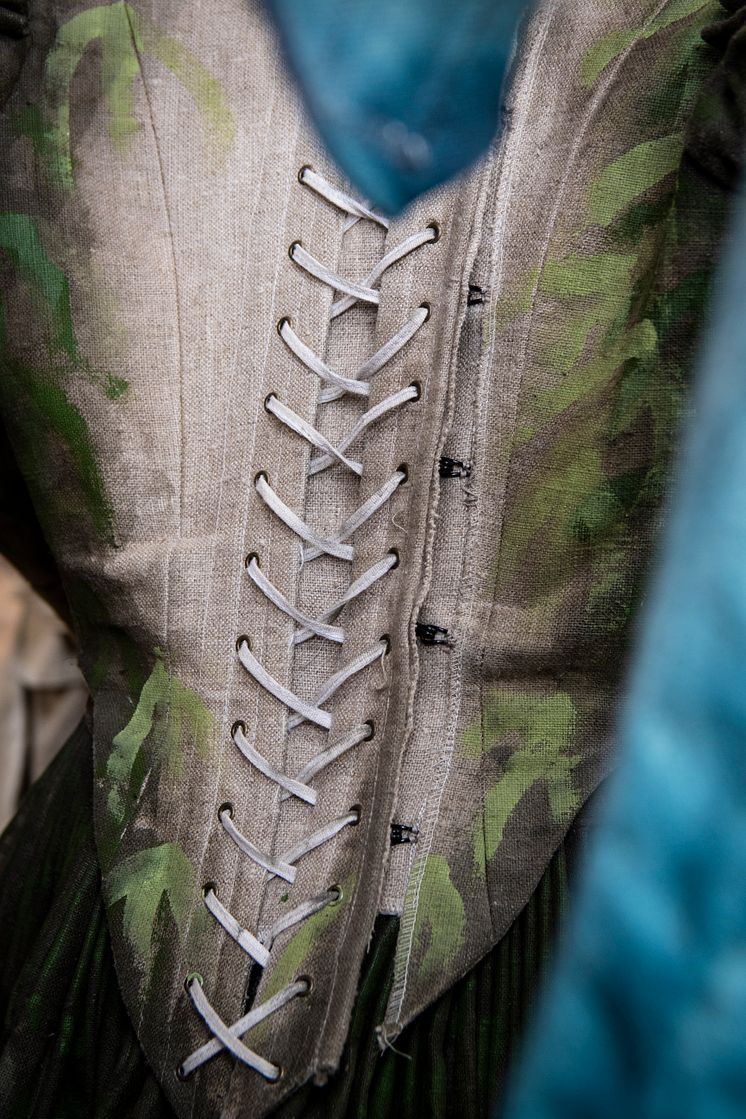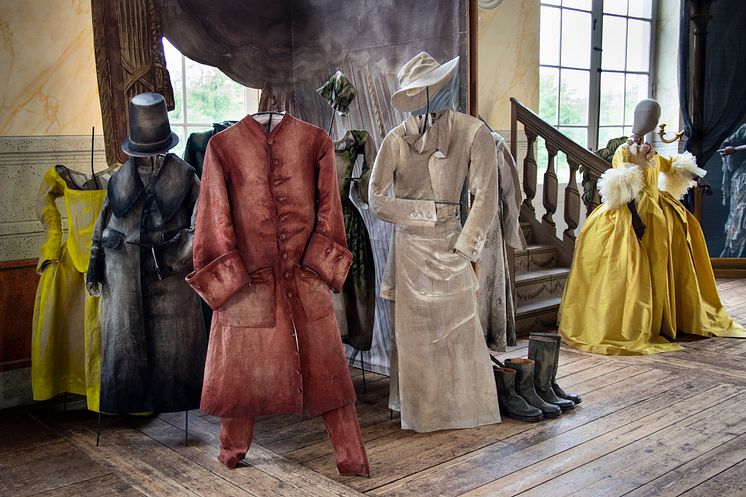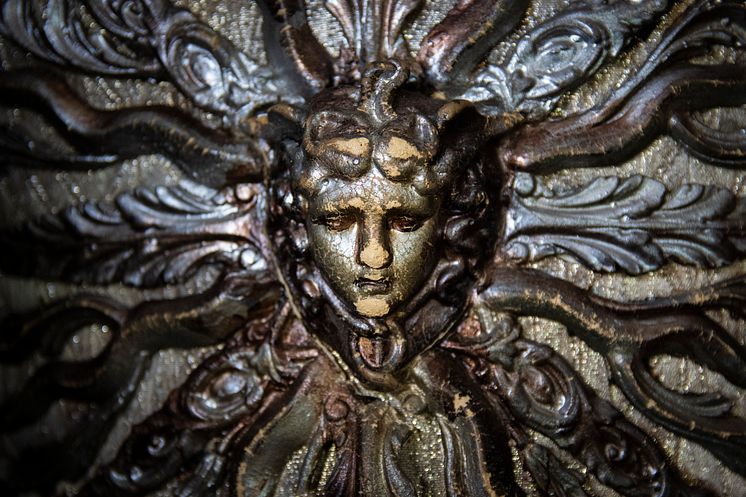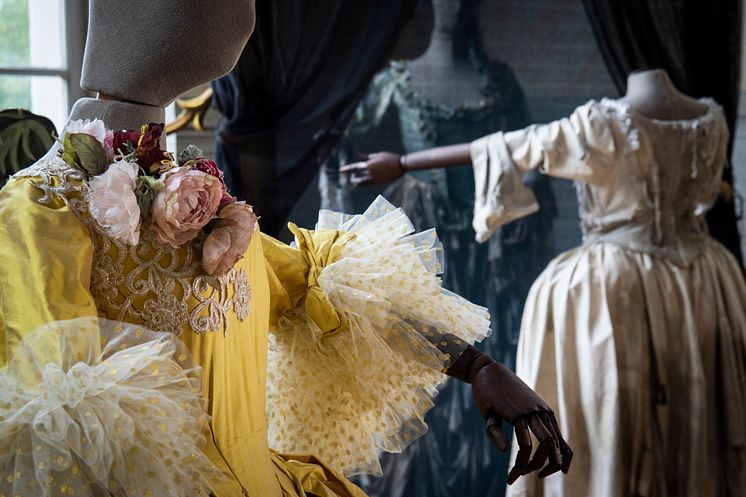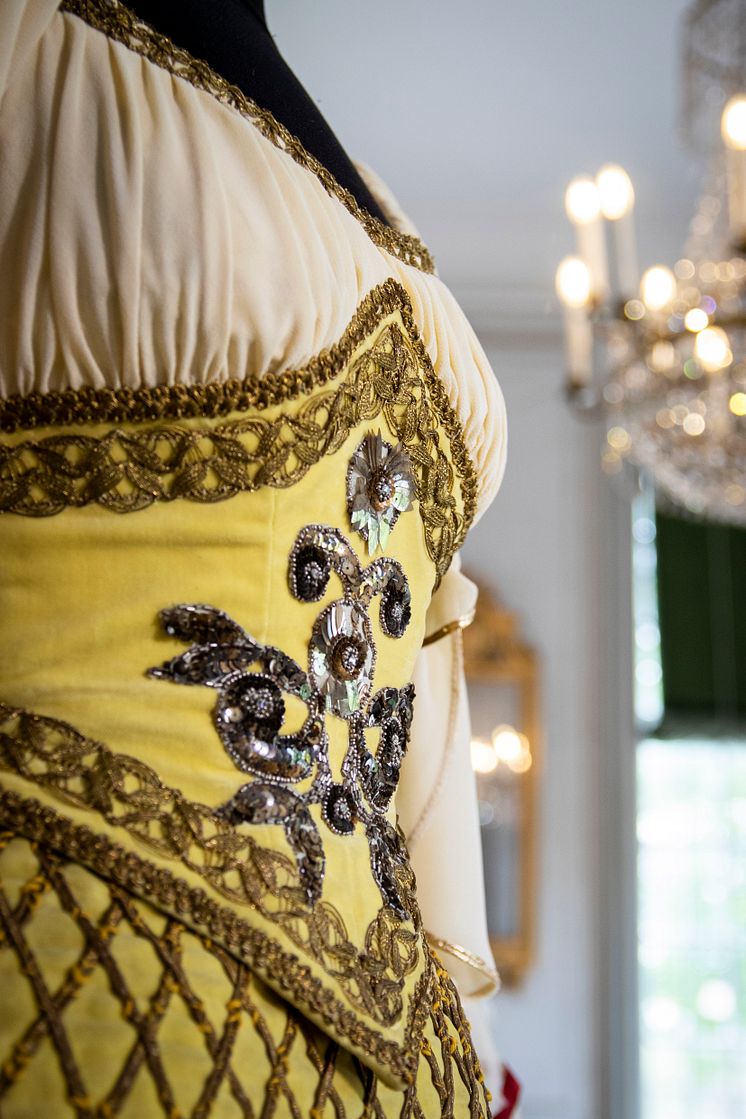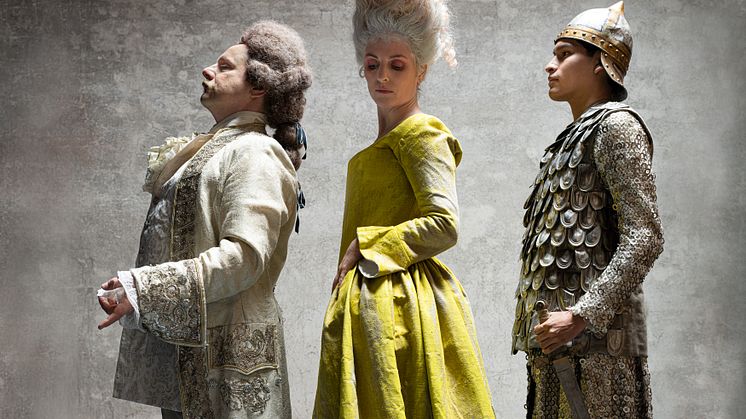
Pressmeddelande -
Costume exhibition showcases 100 years of Drottningholm
This summer, Drottningholms Slottsteater will be filled with dozens of sumptuous costumes from the past one hundred years of productions. The exhibition Tailored Stories includes draped satin, shimmering silk, tulle and sequins from a sartorial treasury that normally hangs unseen in closed storage.
Exactly one hundred years have now passed since Drottningholms Slottsteater re-opened, and the exhibition is part of the anniversary celebrations.
Tailored Stories – 100 years of theatre costumes at Drottningholm contains a selection of glorious creations that have been used in the theatre’s productions, presented alongside personal memories of singers, tailors, musicians and others who were working at Drottningholms Slottsteater from the 1950s onwards. Some of the garments will be accompanied by video clips that visitors will be able to view in an app. The exhibition showcases handicraft that is unique to the theatre.
“The stage costumes are an incredibly important part of all our productions here, and we’re proud of our studio, which specialises in historical tailoring and dressmaking,” says the theatre’s artistic and managing director, Anna Karinsdotter. “We also know that many visitors love seeing the costumes close up, so it’s great to be able to offer this more intimate experience of the theatre.”
The exhibition is spread over several rooms in the theatre, and shows how the stage costumes were influenced by the time of their making. The curator is Anna Kjellsdotter, tailor, cutter and researcher of historical costumes and textiles: “There’s a distinct difference between the costumes from the 1950s and those of today,” she says. “These days they’re more stylised, while the older costumes have sequins, applications and other attributes that stick out.”
The costumes either come from Drottningholms Slottsteater’s own storerooms or are on loan from the Royal Swedish Opera.
Tailored Stories – 100 years of theatre costumes at Drottningholm can be viewed on guided tours from 6 June to 30 September. To celebrate national day on 6 June, the exhibition is free to visit; thereafter it will be part of the daily guided tours. The in-depth thematic tours are held every Saturday.
Drottningholms Slottsteater was built in 1766 and had its first heyday during the reign of King Gustav III. After the assassination of the Theatre King, the theatre fell into disuse. It was re-inaugurated in 1922 with its stage machinery and scenery intact, and since then has opened its doors to audiences during the summer season.
Kategorier
Drottningholms Slottsteater has remained intact since 1766 and is listed as a UNESCO World Heritage site. It is the only theatre of its kind in the world that still uses original hand operated stage machinery.
If you do not want to receive press information from Drottningholms Slottsteater, please follow the link below.



